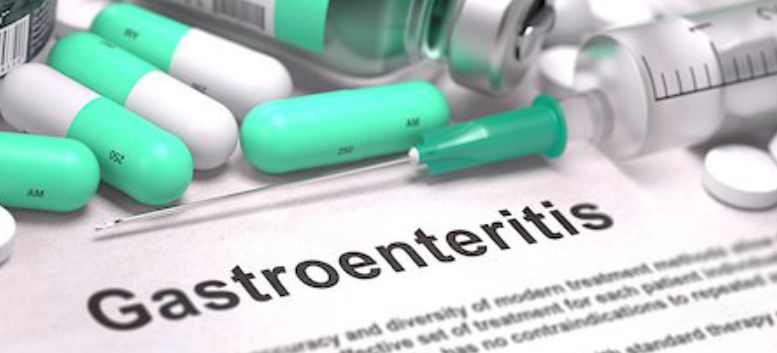
What You Need to Know About This Common Foodborne Infection
When stomach pain, diarrhea, and nausea hit out of nowhere, many of us assume it’s just a case of gastro. But sometimes, the real cause might be something more specific—like a Campylobacter infection.
This common foodborne illness is often overlooked but can lead to uncomfortable symptoms and, in some cases, serious complications. Here's what you should know.
Campylobacter is a type of bacteria found in the intestines and feces of many animals, including poultry, cattle, pigs, sheep, cats, dogs, and even shellfish. It spreads easily through contaminated food and water—especially when food is undercooked or handled poorly.
Symptoms usually show up between 2 to 5 days after exposure (but can range from 1 to 10 days). Once they begin, they tend to last for 3 to 6 days.
Common signs include:
Abdominal pain or cramps
Diarrhea (often bloody)
Nausea and vomiting
Fever
Headache
It can feel a lot like gastro, but the presence of bloody diarrhea and prolonged symptoms are strong indicators that Campylobacter may be involved.
While most people recover without medical treatment, Campylobacter can occasionally lead to complications such as:
Pancreatitis
Hepatitis
Bacteraemia (bacteria in the bloodstream)
Miscarriage (in pregnant women)
Reactive arthritis
Guillain-Barré Syndrome (GBS) — a rare neurological disorder where the body’s immune system attacks the nerves, starting with tingling and weakness that can progress rapidly. GBS is a medical emergency and needs hospital care.
Campylobacter is highly contagious and spreads through:
Eating undercooked or contaminated meat (especially chicken)
Drinking unpasteurised milk
Contact with infected animal feces (from pets or farm animals)
Poor hygiene practices while handling food
Even a tiny amount of bacteria can cause illness, so safe food handling is critical.
Here’s how you can reduce your risk:
Wash your hands before preparing food and after handling pets
Keep raw meat separate from vegetables and ready-to-eat foods
Cook meat thoroughly—especially poultry
Avoid drinking unpasteurised milk or untreated water
Wash fruits and vegetables before eating
Clean kitchen surfaces and utensils properly
If you’re otherwise healthy, the best thing you can do is rest and stay well-hydrated. Drink plenty of fluids and replace electrolytes lost through diarrhea.
If you have a weakened immune system (due to cancer treatment, HIV, or another condition), are pregnant, or notice severe symptoms like high fever, prolonged diarrhea, or signs of dehydration (dry mouth, dizziness, dark urine), seek medical advice immediately.
Some essential oils like clove, thyme, bergamot, and sweet orange have antibacterial properties that may help fight infections. However, they should be used externally and under guidance—never ingest essential oils without professional advice.
Campylobacter infections are more common than most people realise, but they’re also highly preventable. With a few simple habits—clean hands, well-cooked food, and proper hygiene—you can reduce your risk dramatically.
If you do get sick, listen to your body, stay hydrated, and don’t hesitate to get help if symptoms escalate.
Have you ever had a foodborne illness? Share your experience in the comments below. And don’t forget to follow our blog for more health tips and practical advice!